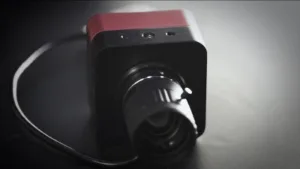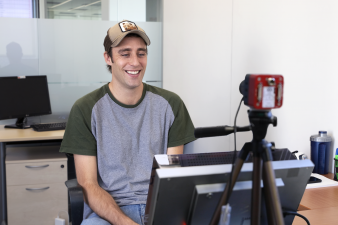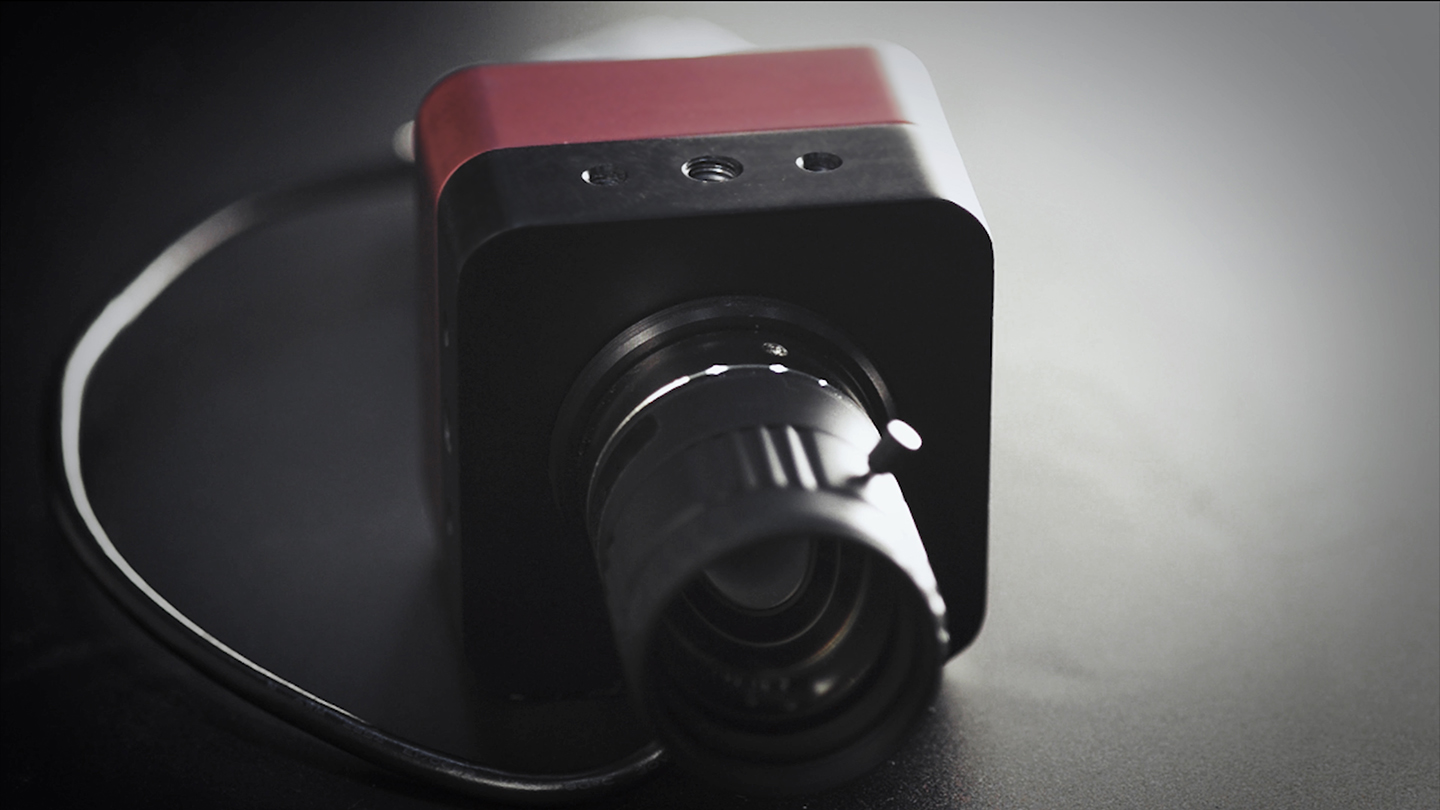Wooptix is a Spanish start-up company with a funny name, but a very interesting product They are developing a light field camera that does not use a microlens or an array of cameras Instead, it works by using a liquid lens technology to rapidly change the focal length of the camera to capture a range of images in the z direction, leveraging technology they have used in the astrophysics world.

This approach avoids the resolution losses of conventional plenoptic camera capture systems with lens arrays or the cost and complexity of multiple camera capture systems.
Any single camera capture system will have limitations in the field of view and they will have to trade off frame rate and resolution to capture multiple depth planes of images But these trade-offs may be quite acceptable for light field based video conferencing And, this is exactly what they have recently demonstrated – live light field capture, transmission and rendering on a Looking Glass display.
The Looking Glass display features 45 horizontal views and creates really excellent head and shoulder images so is a good fit for a 3D video conferencing solution, especially with their 8K resolution version The Wooptix camera does not capture images in this format, so they need to do a lot of processing to deliver this 45-view format to the display Since they capture a series of image planes, they can first create a depth map using vision analysis. This is similar to the way some spatial computing systems for AR work.
I believe they may then create a 3D model of the scene, a head and shoulders for a video conferencing application, for example This can then be textured by mapping parts of the video to this 3D model. Once complete, it is now not that hard to create 45 horizontal views and output in the correct quilt pattern format that the Looking Glass display wants. Apparently, this can all be done in real time. Their software processing can also create outputs to serve conventional 2D, stereoscopic and other light field-based displays.
Transmission of this data is the next challenge. In my last Display Daily, I described a light field demo done at the Cable-Tech Expo that also delivered live video to the Looking Glass display. I don’t know how this data was formatted and/or compressed for that demo nor for the Wooptix demo, but I hope to know more soon.
Like the CableTech Expo demo, this is a great new milestone in the development of the light field ecosystem which promises to bring new life to the 3D market by offering images that are much more natural and do not cause eyestrain.
This camera is now available to early adopters and developers in Europe, US and Asia. (CC)
Contact: Jan Gaudestad, VP Business Development, [email protected]
Chris Chinnock is an industry consultant and writer serving clients in emerging display ecosystems such as mini/micro-LED, 8K, light field/holographic, AR/VR/MR and content production He also serves as executive director of the 8K Association. He can be reached at [email protected].



